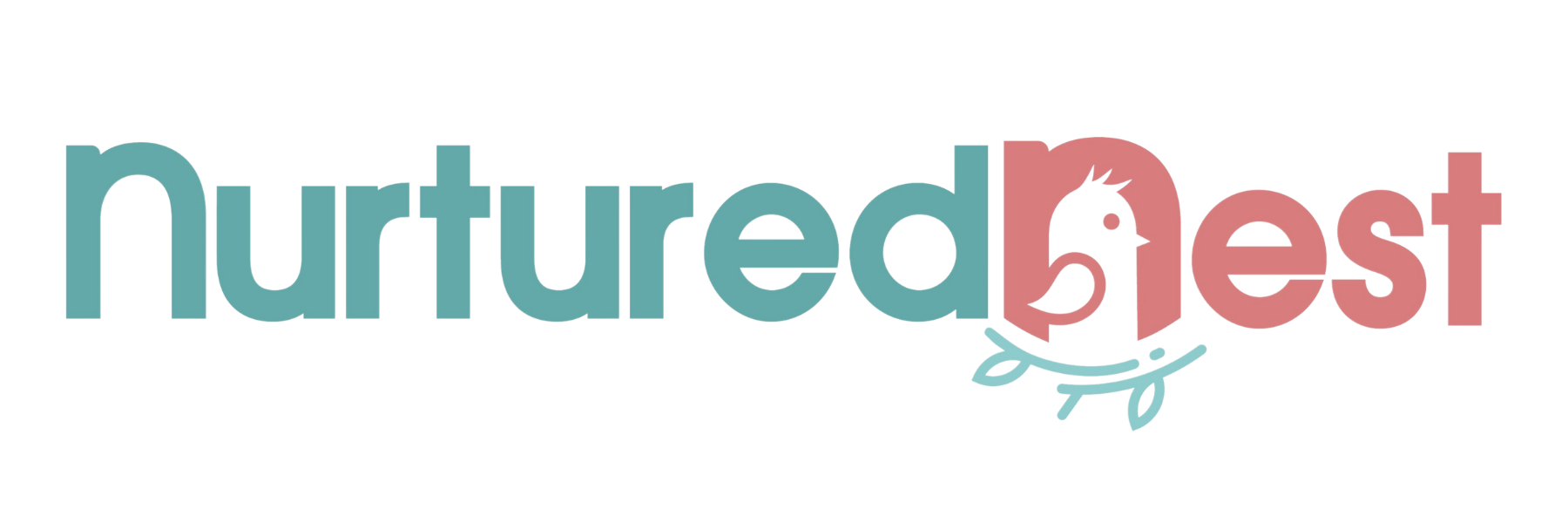You're Not Failing as a Parent
The meltdowns, the resistance, the behaviors that make you question everything? They're not defiance. They're temperament.
The Playground Test
Child A
Runs straight to the biggest slide, climbs fearlessly, makes friends instantly
Child B
Hangs back, observes the scene, needs time before joining in
When It's Time to Leave
One has a complete meltdown, the other transitions easily
Same Situation. Completely Different Responses. Why?
Because every child is born with 9 temperament traits that act like their internal operating system
The 9 Temperament Traits
Activity Level
Mover vs. observer
Adaptability
Flexible vs. needs routine
Sensitivity
Notices everything vs. less affected
Intensity
Feels BIG vs. even-keeled
Persistence
Keeps trying vs. moves on quickly
Plus 4 More
That shape every reaction your child has
What Changes When You Know This
From fighting against their nature to working with it
"Stop being so dramatic about that tag!"
Their nervous system is genuinely overwhelmed
"Why can't you just go with the flow?"
They need more transition time to feel safe
"You're being so stubborn!"
This persistence will serve them well in life

